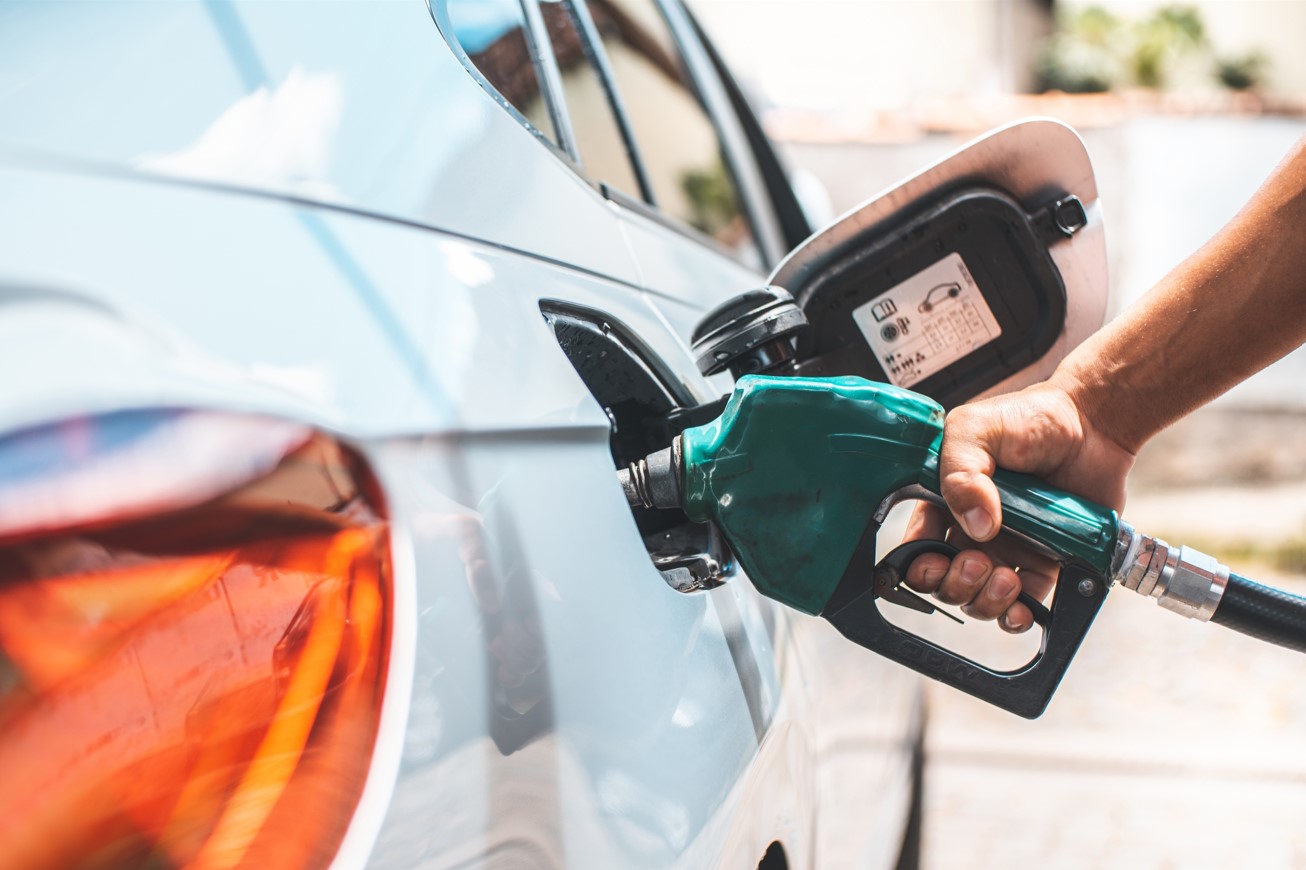Save gasoline to save money - fuel efficiency hacks for drivers in the Philippines

You could reduce your car's fuel consumption with these tips related to maintenance and driving habits.
Keep your car in shape
Tyre pressure
Under-inflated tyres create extra rolling resistance, which increases fuel consumption and causes the tyres to wear out faster. Regularly checking your car's tyre pressure and adjusting it according to the manufacturer's recommendation would improve fuel efficiency.
Proper maintenance
Have your car serviced regularly at a reputable workshop, using quality consumables. If your car is not running at its mechanical best, it would consume more fuel than necessary. For instance, issues such as clogged filters, misaligned wheels and old fluids significantly increase fuel consumption. Fixing these problems would probably improve your mileage.

Adopt good driving habits
Weight management
Removing excess weight from your vehicle can make a noticeable difference to fuel consumption. Avoid keeping unnecessary items, especially heavy ones, in the boot of your car. The more "dead weight" your vehicle carries, the harder its engine has to work, burning more fuel. With less weight to lug around, your car could go further on less fuel.
Wasteful idling
Turn off your car engine when waiting. Idling could waste a precious litre or more of fuel per hour, depending on the size and type of internal combustion engine. Auto start/stop functions for greater fuel efficiency are common these days, making it easier for the driver to avoid inefficient engine idling at every opportunity.
Route planning
Nobody likes getting stuck in a bottleneck. Plan your routes ahead of time and check traffic conditions before driving out. You'll avoid those pesky jams and therefore save time, fuel, and your sanity. Efficient route planning means fewer "roundabouts" en route and, ultimately, more money in your pocket for your next drive to wherever.
Read the road and drive sensibly
Anticipate traffic conditions by looking as far ahead as you can, instead of just seeing the rear bumper of the vehicle in front of yours. This allows you to ease off the throttle according to the changing traffic situation ahead, rather than slam on the brakes in reaction to a "sudden" change in the road traffic flow. Driving in this predictive manner saves fuel.
Remember to maintain adequate spacing between your vehicle and the one in front to avoid sudden stops-and-starts. When accelerating, do so gently to maximise fuel efficiency.
Engage the Eco mode if available
Many modern cars come with an Eco driving mode which optimises the engine and transmission for better fuel efficiency. In most cases, this mode adjusts the throttle response and consequent rate of acceleration, and also moderates energy-hungry systems like the air-conditioning to help save fuel.
By following the tips shared here, you could improve your vehicle’s fuel efficiency and save money on gasoline. Not only will you be reducing your fuel costs, but you'll also be contributing to a greener environment. Happy driving, happy saving!
